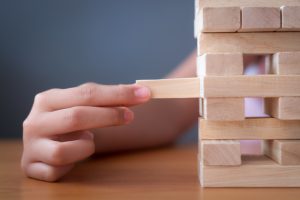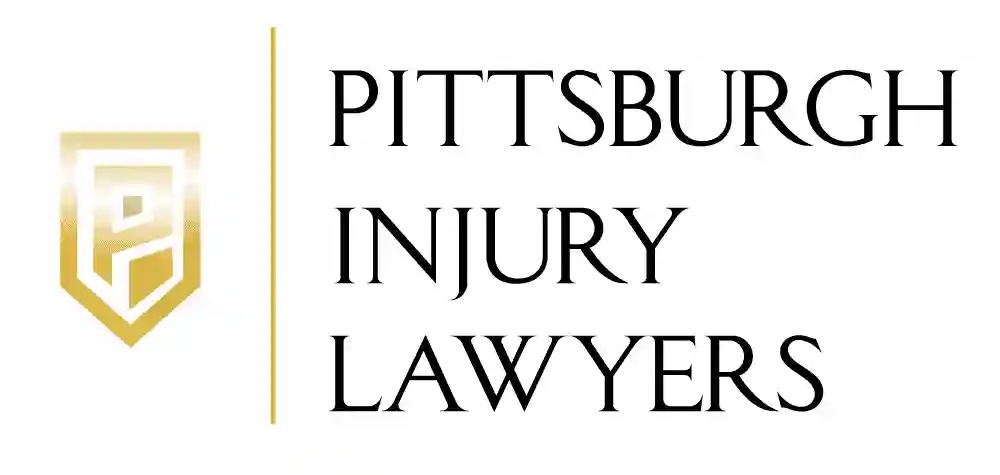In a personal injury case — especially involving a slip and fall — proving damages is not always straightforward. It’s not enough to show that an accident happened. You must also prove how the injury affected your life — physically, financially, and emotionally. To receive fair compensation, you must present clear evidence of economic damages such as medical bills and lost income and non-economic damages like pain and suffering.
This process often requires strong documentation and legal knowledge. Working with an experienced Pittsburgh slip and fall attorney can make a big difference. A knowledgeable lawyer can help you gather the right evidence, follow legal procedures, and build a strong case for your deserved compensation.
Gathering Concrete Evidence
Importance of Immediate Documentation
The first step in proving damages is collecting evidence right after the incident. If you’ve fallen in a store, on a sidewalk, or in any public or private space, take the following steps if you’re able:
- Photograph the scene—including hazards like wet floors or uneven surfaces
- Get names and contact information from witnesses
- Ask for an incident report from the property owner or business
Quick action helps create a clear picture of what happened and supports your claim later.
Medical Records and Expert Testimony
Detailed medical records are essential. These should include:
- Initial emergency care
- Doctor evaluations
- Test results and imaging
- Treatment plans and progress notes
Sometimes, your attorney may also bring in medical experts to explain how your injuries will affect you long-term and what future care may be needed.
Quantifying Economic Damages
Medical Expenses
Economic damages begin with your medical costs. These may include:
- Hospital visits
- Surgeries or follow-up treatments
- Physical therapy
- Prescription medications
- Long-term care needs
It’s also important to consider future medical expenses, especially if your injury requires ongoing treatment.
Lost Wages and Earning Capacity
If your injury keeps you from working, you may be entitled to recover lost income. You can also claim damages for future loss of earning capacity if your ability to return to work or advance in your career is limited due to the injury.
Property Damage
Some slip and fall cases may damage personal property like phones, glasses, or laptops. These losses can also be included in your claim.

Challenges in Proving Non-Economic Damages
Subjectivity of Pain and Suffering
Unlike medical bills, non-economic damages — like emotional distress, pain, and reduced quality of life — don’t come with receipts. That makes them harder to prove and quantify. These damages are subjective, meaning they vary from person to person and are more difficult to assign a dollar value to.
Evidence Supporting Non-Economic Claims
To help support your claim, your attorney may use:
- Personal journals tracking your pain and recovery
- Psychological evaluations showing emotional effects like anxiety or depression
- Testimony from family or friends explaining how your life has changed
Variability in Jury Perception
One challenge with non-economic damages is that juries may view them differently. What seems like a serious loss to one jury may be seen as minor to another. This can lead to inconsistent outcomes, even in similar cases.
Legal Standards and Burden of Proof
The preponderance of the Evidence
To win your case, you must show that it is more likely than not that the defendant’s actions caused your injuries and damages. This is called the “preponderance of the evidence” standard.
Causation and Foreseeability
You must also prove that the defendant’s negligence directly caused your injury and that the harm you suffered was a foreseeable consequence of their actions.
Mitigating Factors and Comparative Negligence
Plaintiff’s Duty to Mitigate Damages
You have a responsibility to minimize your losses. This means following your doctor’s advice and avoiding actions that could worsen your condition. If you don’t, your compensation may be reduced.
Impact of Shared Fault
Pennsylvania follows a comparative negligence rule. Your compensation may be reduced if you’re found somewhat at fault for the accident. For example, if you are 20% at fault, your award will be reduced by that amount. You may not recover damages if you are more than 50% at fault.
Role of Legal Representation
Strategic Case Building
An experienced slip and fall attorney in Pittsburgh will gather medical records, collect witness statements, hire experts, and document all damages to build a strong case on your behalf.
Negotiation and Litigation Skills
Most injury claims are resolved through settlement negotiations. A skilled attorney can communicate effectively with insurance companies and fight for fair compensation. They can take the case to court and present your story to a judge or jury if necessary.
Conclusion
Proving damages in a personal injury case is not easy. It involves thorough documentation, accurate calculation, and a solid understanding of legal standards. Each part of your claim must be carefully supported with evidence.
Working with a trusted law firm like Pittsburgh Injury Lawyers, P.C, is so important. We understand what it takes to prove your case, handle the legal details, and help you recover the compensation you need to move forward.
